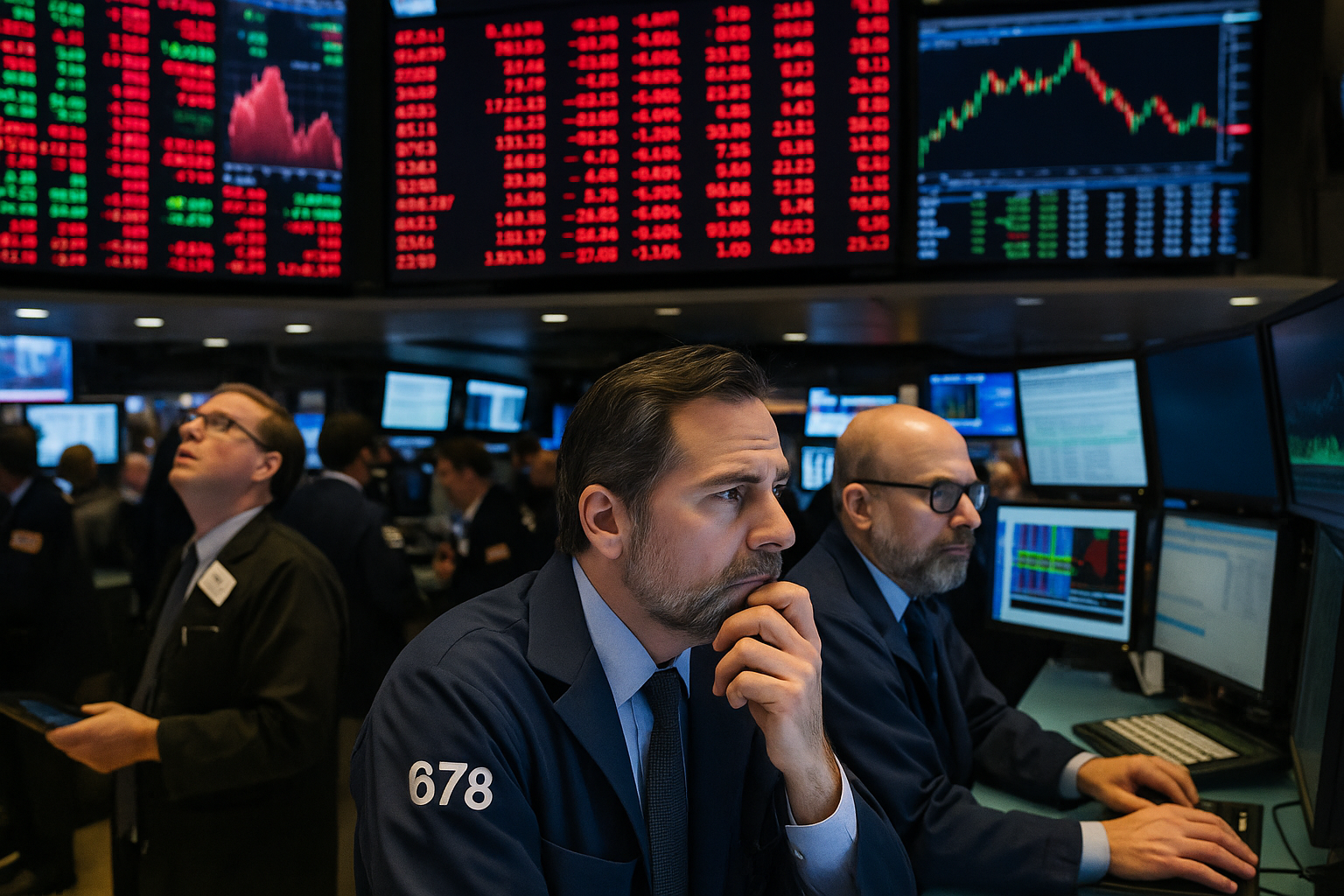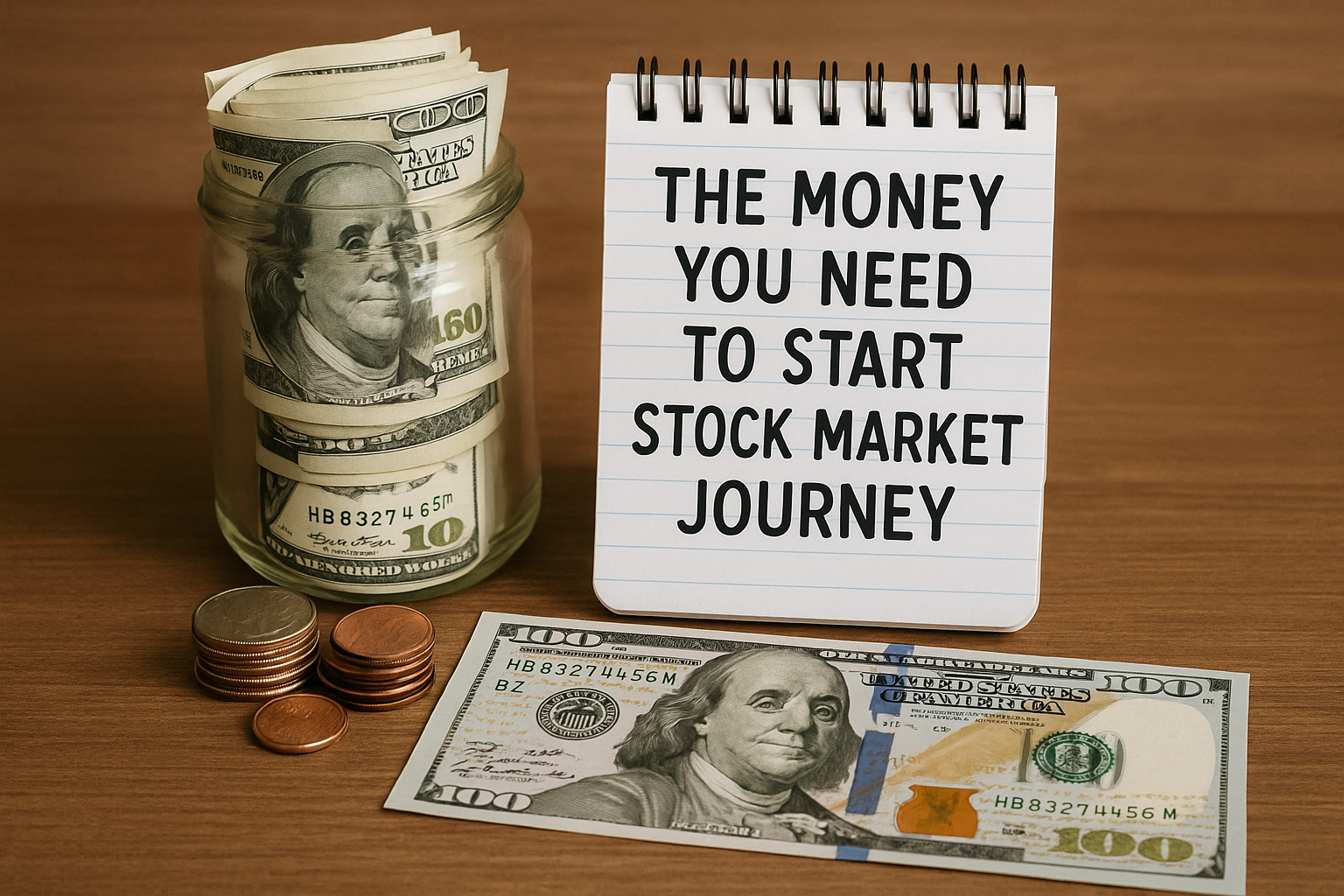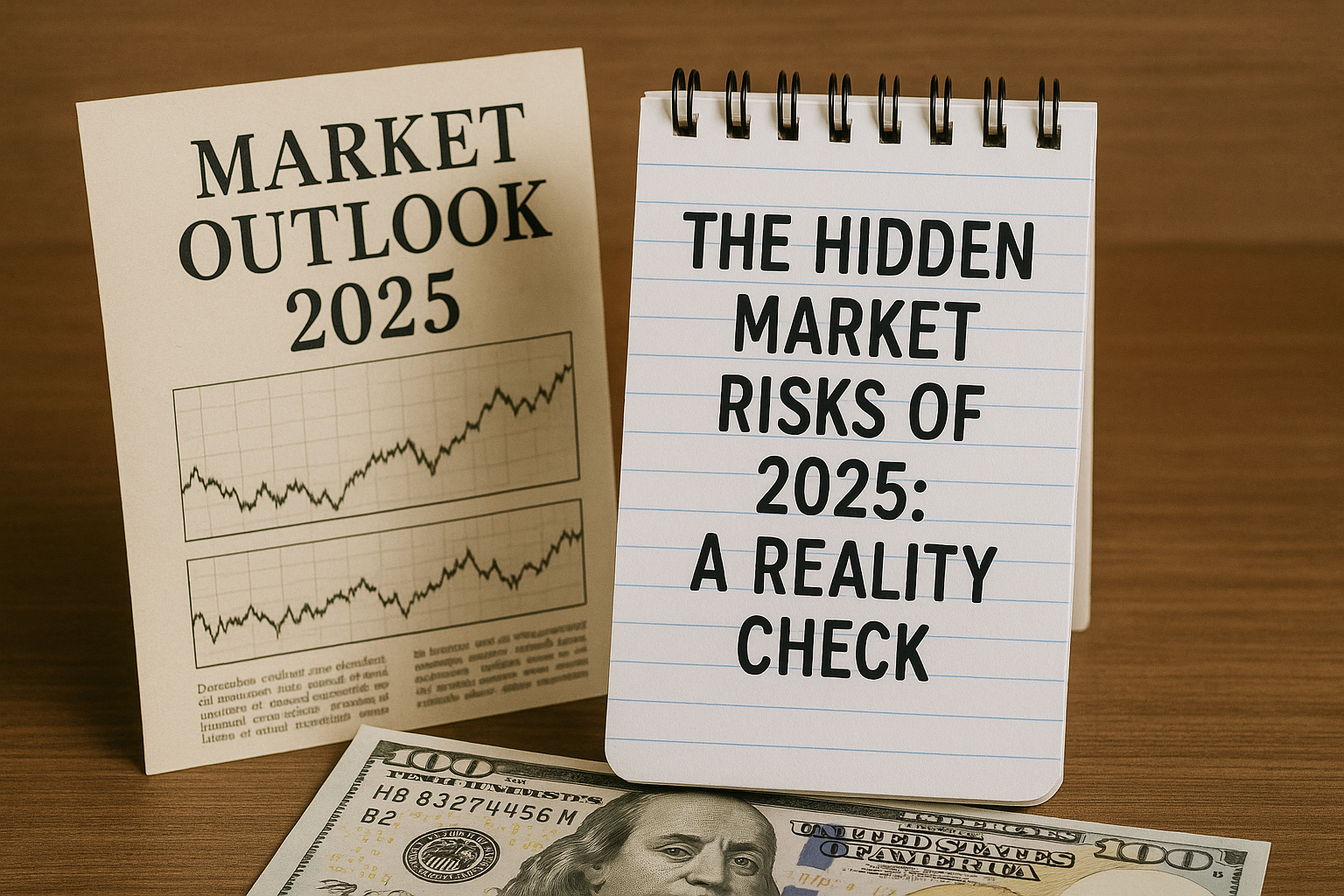
What Central Bank Interest Rates Really Mean for Your Investments
When central banks like the Federal Reserve or the European Central Bank announce a rate hike or cut, markets often react within seconds. But how exactly do these decisions impact your portfolio—and what should you watch out for as a smart investor?
The Basics: Why Central Bank Rates Matter
Central banks control the benchmark interest rate, which influences how much it costs to borrow money. This rate affects:
- Consumer spending and saving
- Business investment decisions
- Loan and mortgage interest rates
- Currency strength
When rates rise, borrowing becomes more expensive, which typically slows down the economy. When rates fall, it becomes cheaper to borrow, which stimulates spending and investment.
What Higher Rates Usually Mean for Stocks
When central banks raise rates:
- Growth stocks (like tech companies) often suffer. Their future profits are discounted more heavily, making them less attractive.
- Dividend stocks may lose their shine compared to risk-free bonds with better yields.
- Financials, especially banks, can benefit because they earn more from the spread between deposit and loan rates.
Example: In 2022, as the Fed raised rates aggressively to combat inflation, the NASDAQ dropped nearly 30%, while energy and financial sectors held up relatively well.

What Lower Rates Typically Mean
Rate cuts tend to boost stocks, especially in sectors that rely on financing or show strong future growth potential:
- Tech and consumer discretionary stocks often rally as money becomes cheaper.
- Real estate gains appeal due to lower mortgage rates.
- Emerging markets may benefit as capital flows to higher-growth areas with improved risk appetite.
Example: After the 2020 pandemic rate cuts, the S&P 500 soared, with companies like Apple, Amazon, and Nvidia reaching record highs.
It’s Not Always Black and White
Markets are forward-looking. That means rate changes are often priced in before they happen. Also:
- A rate cut may signal economic weakness, which can trigger a selloff instead of a rally.
- A rate hike accompanied by strong economic data might not hurt stocks as much as expected.
Understanding the context of the rate move is crucial.
How to Position Your Portfolio
- Diversify across sectors and geographies.
- Balance growth and value stocks depending on the interest rate cycle.
- Watch the yield curve—it often hints at economic turns before the news does.
- Consider short-duration bonds or dividend payers when rates rise.
Final Thought
Interest rates are a critical puzzle piece in market dynamics. But they’re not the only one. The key is to stay informed, remain flexible, and align your investments with long-term goals—not just short-term headlines.
Want to learn everything about investing in stocks? Get the Simple Stock Guide eBook and start mastering the market today.


